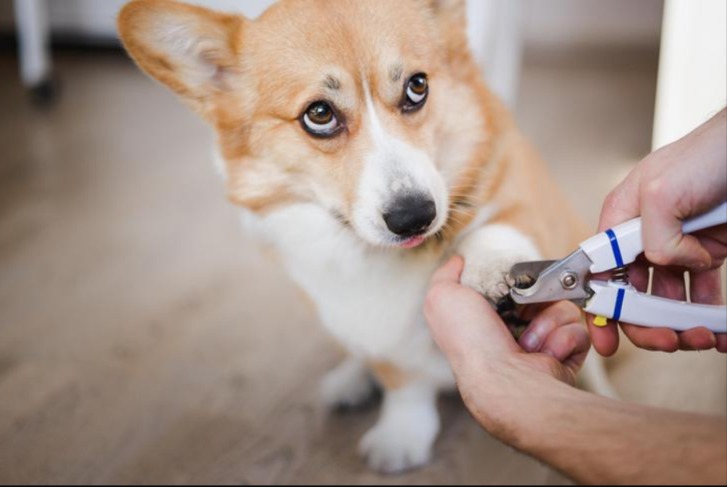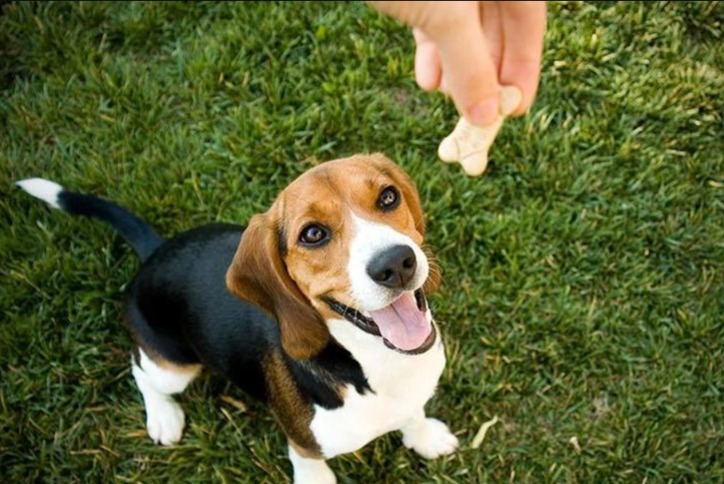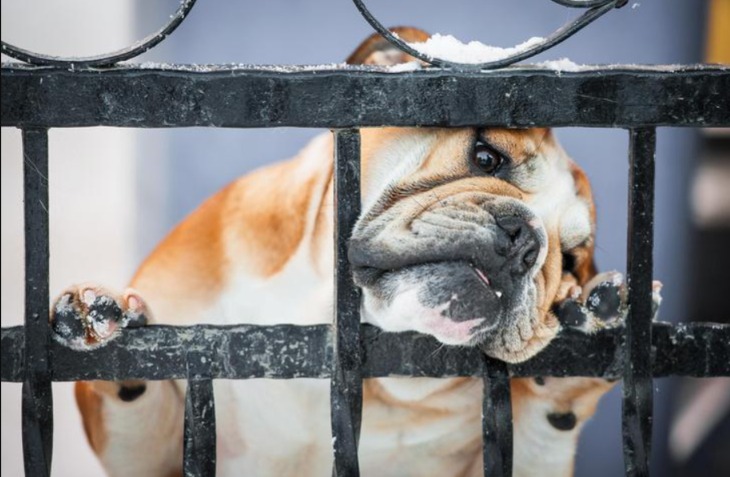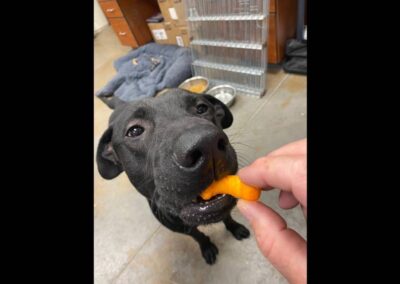
Imagine this: your dog sees something—say, another dog, a stranger, or the dreaded vacuum cleaner—and instead of calm curiosity, you get barking, lunging, trembling.
Your heart sinks. You hate seeing your dog that way. But what if I told you that fear is an emotion you can change?
And that with the right method—desensitization + counterconditioning—you can flip the script and turn terror into trust?
Let me walk you through how this works, why flooding almost always fails, and how to build a lasting emotional reset for your dog.
Negative Emotions Are the Root
Dogs aren’t just bodies doing tricks. They feel. And sometimes those feelings get stuck.
When your dog reacts fearfully, it’s because the stimulus (the thing they fear) has been linked to bad outcomes. Maybe as a puppy, they got startled by a loud noise.
Or maybe they never got socialized around people. Maybe genetics contributed, maybe experience. The bottom line: they feel negatively about something in their world.
Consciously or not, that fear shapes their behavior. You punish the behavior (e.g. scolding them), and you suppress the symptom—but that doesn’t change the feeling underneath.
That’s why punishing growling often backfires: the dog still feels fear and now hides signs of warning, which can lead to sudden, more dangerous reactions.
So what’s the alternative? You change the emotional wiring. You turn the bad memory into a good one.
That’s where desensitization + counterconditioning come in.
Why Flooding Is a Disaster Waiting to Happen
Some people think: “Push the dog into the fear until they get used to it.” That’s flooding. Drop a fearful dog in a dog park full of unknown dogs and hope nothing bad happens.
That’s risky. It often worsens fear. You break trust. You traumatize them deeper. The risk is too high.
Dogs can’t consent. So flooding is not just unwise—it’s unethical. Instead, you want gradual, safe exposure—at levels your dog can handle.
That’s what keeps the learning sane. That’s desensitization.

Counterconditioning: Turn “Bad” Into “Better”
Counterconditioning means pairing the scary stimulus with something your dog adores. Food, toys, praise—whatever makes them light up.
The moment your dog perceives the trigger (but is still calm), you reward. Over time, your dog begins to expect good things when that stimulus appears.
That expectation overrides fear.
But here’s the key: you can’t do this when your dog is already panicking. You must keep them below threshold—in that sweet zone where they feel just something, not too much.
At that level, they’re calm enough to accept the pairing.
So you find a distance (or volume, or intensity) at which your dog notices the trigger, but doesn’t freak. You reward. You repeat. You gradually bring the trigger closer (or louder, or more intense). Every step must build positive emotion, not fear.
Desensitization: Climbing the Ladder of Exposure
Desensitization means slowly exposing the dog to the trigger, starting small and increasing intensity in tiny steps. You climb that ladder carefully.
Each rung must feel safe. If your dog reacts badly, you’ve ascended too far. You step back.
For example, for a dog afraid of other dogs:
Start 20 feet away from a quiet, still dog. Reward your dog for noticing the other dog.
When calm, reduce distance 1 foot at a time, always rewarding.
Eventually, let the other dog move—parallel, slowly. Reward again.
Gradually bring them to side-by-side proximity.
Never skip steps. Never rush. And always watch your dog’s body language—lip licks, yawns, stiff stance—signs that they’re nearing their limit.
Putting It All Together: Step-by-Step Plan
Here’s your blueprint:
Find a stimulus level your dog tolerates (below threshold).
Pair that stimulus with something your dog loves. Every time the trigger appears, treat.
Wait until your dog becomes calm or anticipatory, not fearful.
When calm, increase intensity a little. Treat again.
Repeat until your dog’s emotional response changes: the trigger predicts something good.
This might take weeks or months, depending on how long the fear has been ingrained. Don’t cheat. Don’t skip. If it’s complicated (e.g. aggression involved), seek a behaviorist.

Real-World Examples & Tips
Handling / Vet Visits: You can do the same with touch. Touch a paw, give a treat. Touch the ear, treat. Touch the body, treat. Gradually increase intensity so your dog learns touch = good, not scary.
Fear of Strangers: Let strangers stand far away. Reward your dog. Slowly bring strangers closer. Never force contact. Your dog should meet people when comfortable.
Car Anxiety: Start in the driveway. Reward. Then engine off. Then door open. Then engine on. Then a short drive. Always pair with treats.
Why This Works — The Science You Need to Feel Confident
This isn’t fluff. This is classical + operant conditioning. You’re re-mapping circuits. You change triggers from bad to good. You teach your dog a new emotional pathway.
Over time, the old reaction weakens. The new one strengthens. That’s real behavior modification.
No scolding. No dominance. No shortcuts. Just patient, consistent rewiring. You’re not training a dog — you’re healing an emotional pattern.
Final Thoughts (From Your Inner Halbert)
If your dog is acting out of fear, it’s not “bad behavior.” It’s a signal: I’m scared. I don’t know what’s safe. You owe it to your dog to do more than correct—you must retrain their heart.
Desensitization + counterconditioning is your tool. But patience, persistence, and empathy? Those are your hands and heart.
Start small. Go slow. Watch for signs. Reward everything positive. If it’s too much, call a pro. But don’t resign.
Because behind every fearful dog is a dog who can be calm, confident, trusting — once you give them the map out of fear.
You’ve got the keys. Now go build trust.



